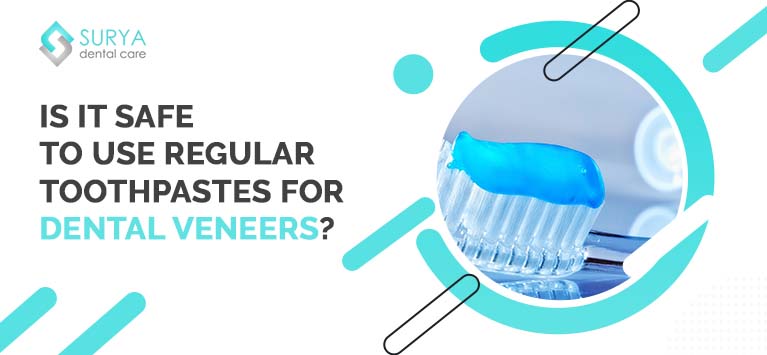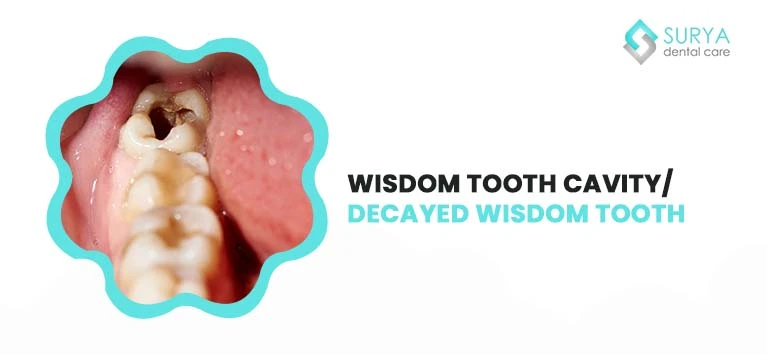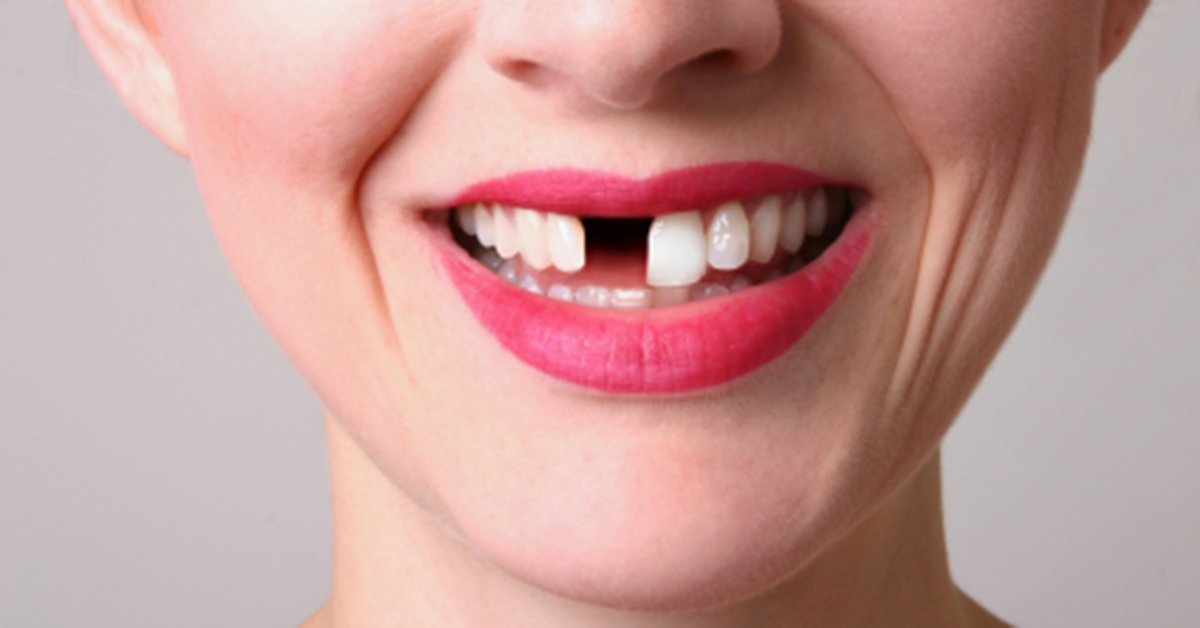
Invisalign is the perfect alternative to traditional braces. They have become the most popular orthodontic treatment option among teenagers and adults. It can be used to treat a variety of dental issues, including bite issues. Since it is a revolutionary treatment for better aesthetics, more things should be taken into consideration. You might be surprised to know that it can’t fix some orthodontic issues.
In this blog, we explain the reasons why Invisalign might not work for you.
How does Invisalign work?
Invisalign is a custom-made, clear aligner that is designed depending on the molds of your teeth. These aligners gradually move your teeth’s position by applying gentle pressure. In contrast to traditional braces, they are clear and invisible. The majority of people don’t even know that they are wearing Invisalign braces. During the treatment, people get new aligners every few weeks. The duration of this treatment can vary depending on the patient’s issues and their aesthetic goals.
The orthodontic issues that Invisalign can treat
Clear aligners are the ideal choice for treating a variety of dental issues, such as:
- Crooked teeth
- Overbite (when the upper teeth are too far from the lower teeth)
- Underbite (when the bottom teeth protrude over the upper teeth)
- Crossbite (when certain upper teeth are not outside but rather placed inside lower teeth)
- Openbite ( when the upper teeth don’t meet the bottom teeth)
- Having small gaps between the teeth or having space issues
- Crowded teeth ( when the jaw doesn’t have space to accommodate all the teeth)
Limitations of Invisalign
Although it can address various bite issues, it may not work in the same way as traditional braces. So most people must know what issues Invisalign cannot treat as well.
The following are some of the problems that some people experience with Invisalign:
- Invisalign may address the overbite issue, but severe bite issues may need to be addressed with braces.
- Too short or angular teeth can make them ineffective.
- If you have over-rotated teeth position, in that case, Invisalign may not shift them in a proper alignment.
- Though it can fix the small gaps between teeth, if large gaps it can not fix, you might require braces.
- It cannot enlarge or reduce the position of the teeth.
- Invisalign may not work for people who have previous dental work, like dental bridges.
- Some people’s front teeth don’t line up with the midline, which is an imaginary line that runs down the middle of their faces. It can fix the midline 2 mm to the right or left as per the arch; however, it cannot fix anything larger than that.
Bottom line
The technology of orthodontic treatment is changing all the time. However, Invisalign has become a game-changer in orthodontic treatment. It can be used to treat various bite issues, but it cannot always fix some issues like traditional braces. However, many complex orthodontic issues are now being treated with Invisalign. If you have any questions or doubts regarding Invisalign treatment, you can feel free to call or visit us.


















Leave a Comment